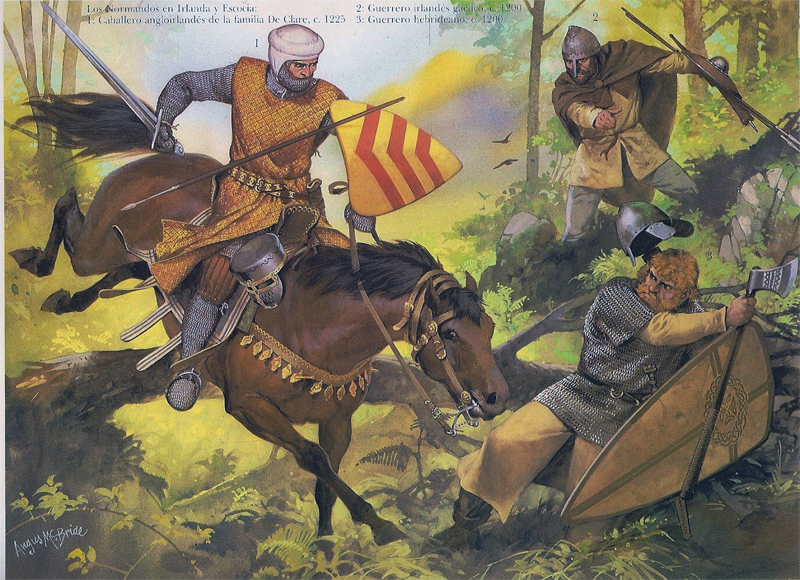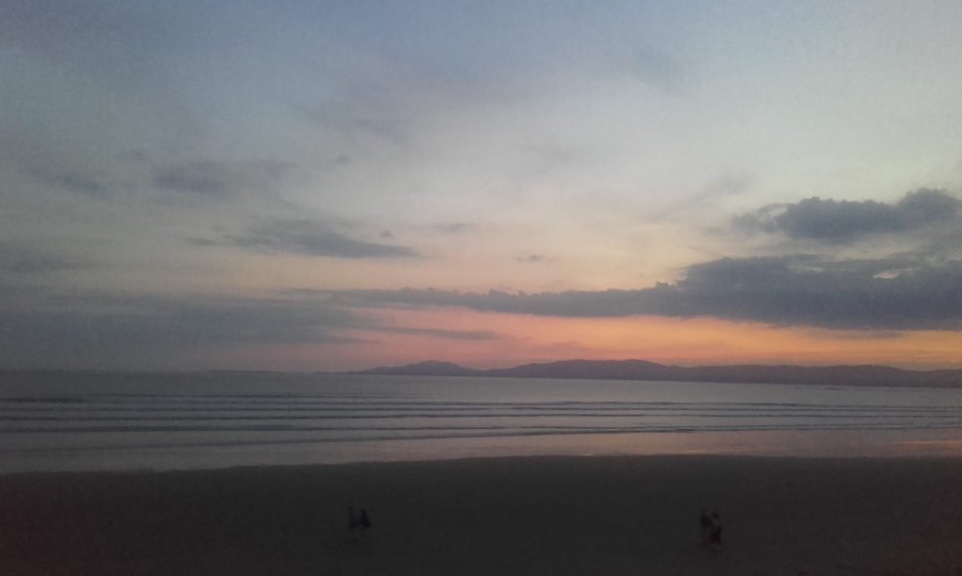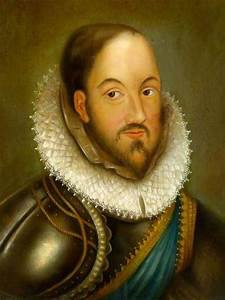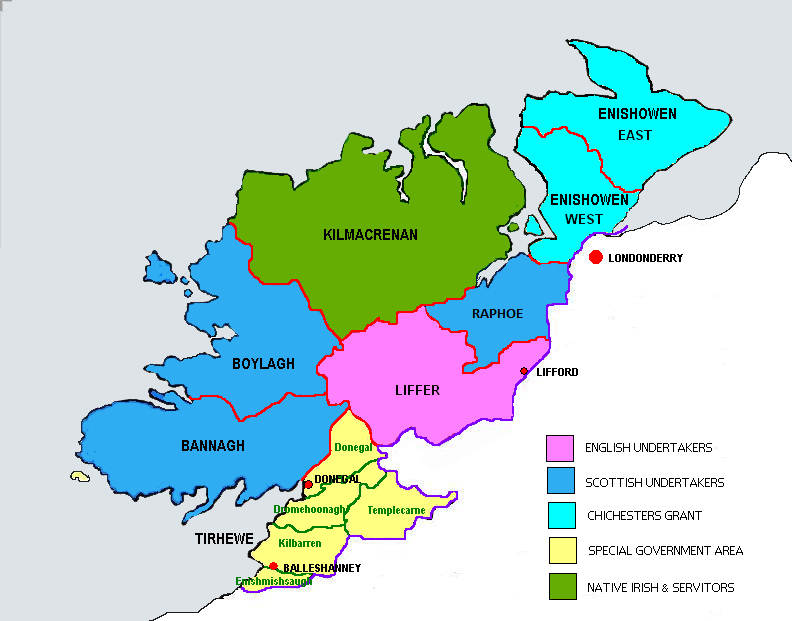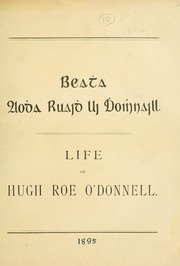In this, the second part of the Castle’s story we will cover the second half of the 1200s where the Ui Domhmaills (O’Donnells) will drive the Normans out of the North West of Ireland and establish the Uí Domhnaills as kings of Tír Conaill where they will install the Uí Scingín as Ollamh (Bard) in Kilbarron.
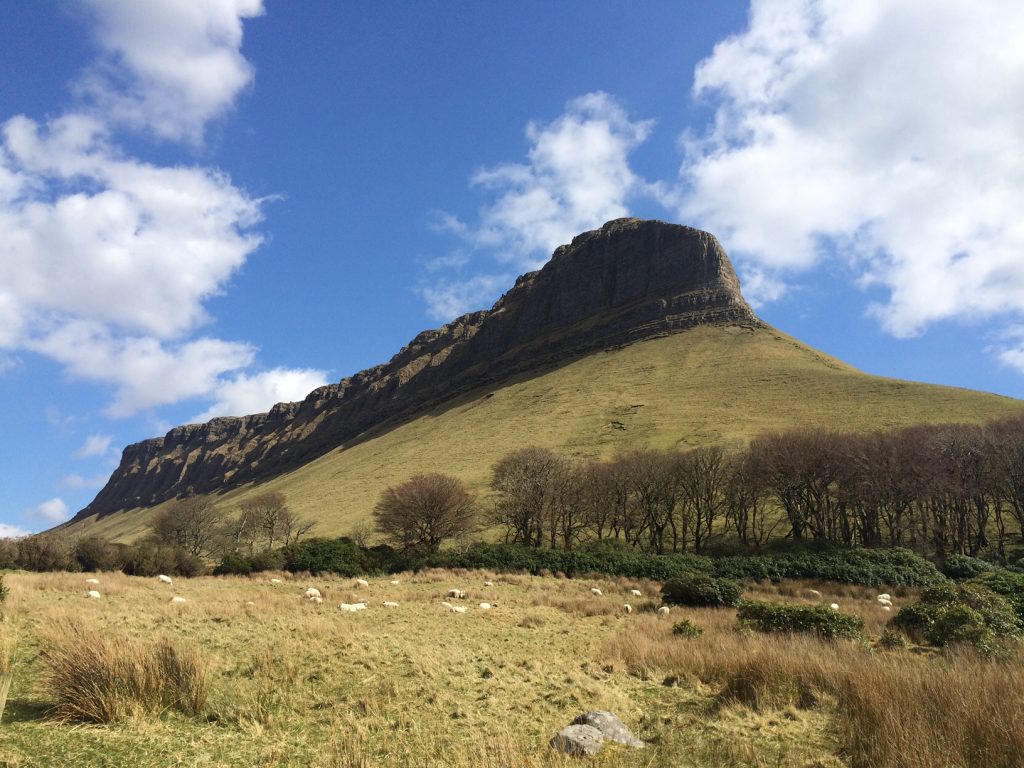
In 1257 Goffraidh Uí Domhnaill defeated the Normans led by Maurice FitzGerald at the battle of Creadran Cille near Ros Ceide (Rosses Point) in the territory of Cairbre Drom Cliabh (Drumcliff) in Co Sligo. This defeat of the more powerful and more militarily successful Normans would confirm the Uí Domhnaills in the Kingship of Tír Conaill and inaugurated on the Rock of Doon with the religious ceremony in Kilmacrennan Abbey.
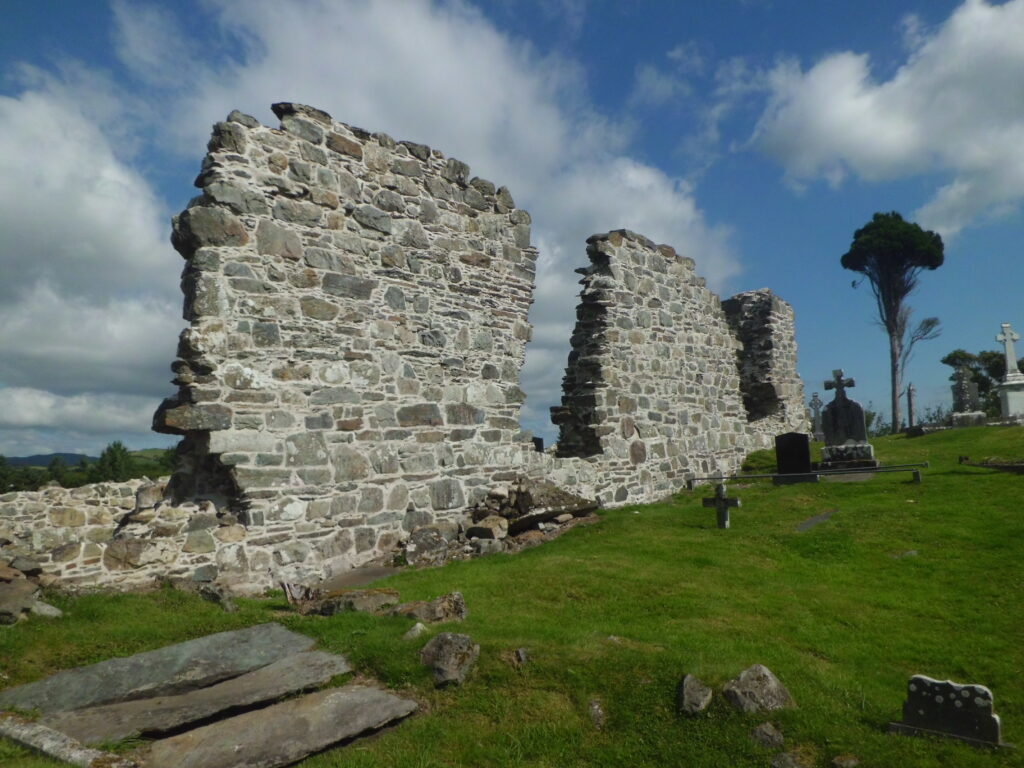
The former Cenél Connaill heartland of Tír Aodh became the mensal land for the ruling Uí Domhnaill kings of Tír Conaill who now moved from their tradition seat at Kilmacrennan to Dún na nGall (Donegal town). Dún na nGall was named after the Norse traders that had built a trading post at the estuary of the River Eske in the 10th Century. The Uí Domhnaills also known as “na Dálaigh” did maintain their link with their ancestral territory by keeping their inaugural site at the Rock of Doon right up until the early 17th Century.
They invited refugees from the advancing Norman conquest of Uladh in eastern Ulster, people with now familiar Donegal names as, Mc Nulty (Mac an Ultach) Son of the Ulster man and the former kings of Uladh Donlevys (Mac Dun Sléibhte) the latter would become the physicians to the Uí Domhnaills. They and other families serving the ruling Clan were offered lands in Tír Aodh in payment for services given.
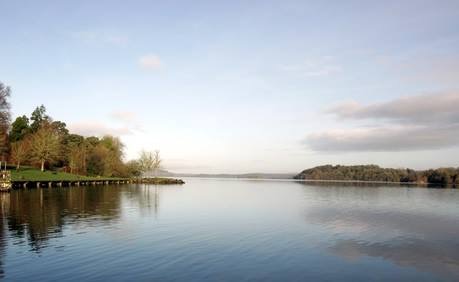
From Magh Luirg near Lough Key in modern day Co Roscommon, the Uí Domhnaills brought the Uí Scingíns, a family of Ollamhs, who in modern terms were public relations people –the Uí Domhnaills wanted to cement their rule in Tír Conaill and the work of the Uí Scingíns and others would help to this end.
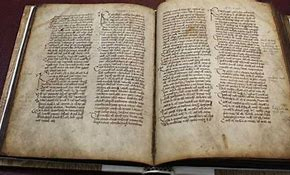
Eventually the Uí Domhnaills would claim that they were of the Cenél Conaill and true successors to the Kingship of Tír Conaill, no doubt helped by the work of people such as Matha Uí Scingín, who wrote many poems in praise of the Uí Domhnaills and whose death is recorded in the Annals of Connacht in 1289. a It can be supposed that he was granted Kilbarron as his home sometime before this date.
Uí Scingín
The Uí Scingín clan came to Tír Conaill in the 13th Century as Ollamhs to the Uí Domhnaills. They came from Ard Carne, an area north of Lough Key known as the territory of “Maigh Lurg”. This area is now part of the modern County Roscommon.
Only one family named “Skinnion” which might be the direct anglicised form of the name, is recorded in the 1901 census living in Castlefore, Co Leitrim but apart from that occurrence the name is lost. However it is noted that the name was transcribed from the Gaelic to the name “Hyde” or De La Hyde as the English translation of the word Skin to Hide or Hyde. (See: Rev Patrick Wolfe Irish Surnames 1923)
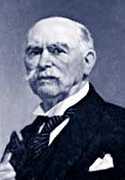
Perhaps Douglas Hyde, founder of the Gaelic League and later first President of Ireland (1938- 1945), family’s name was originally “Uí Scingín” He was born in Frenchpark Co Roscommon in 1860 where his father was the Church of Ireland rector.

